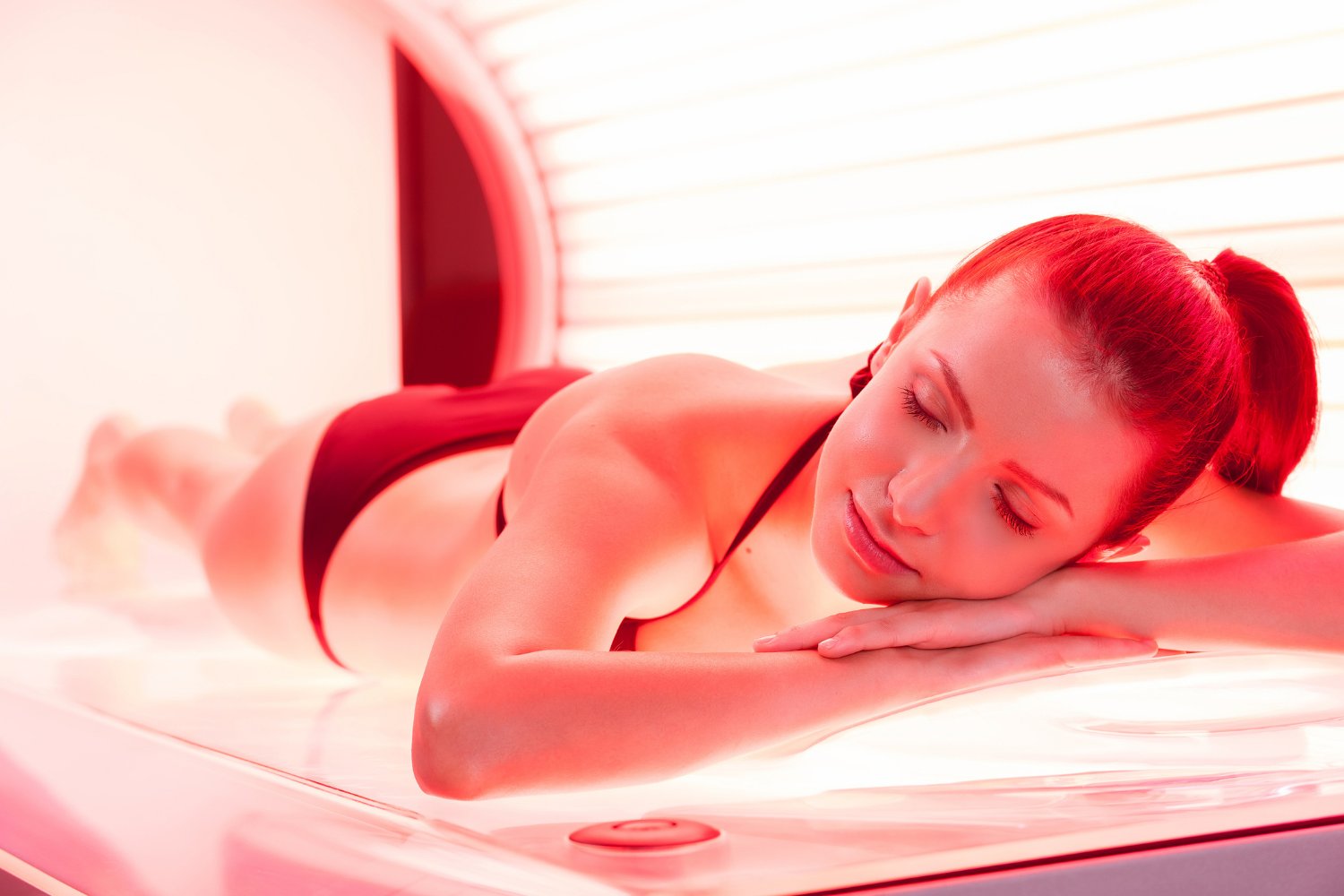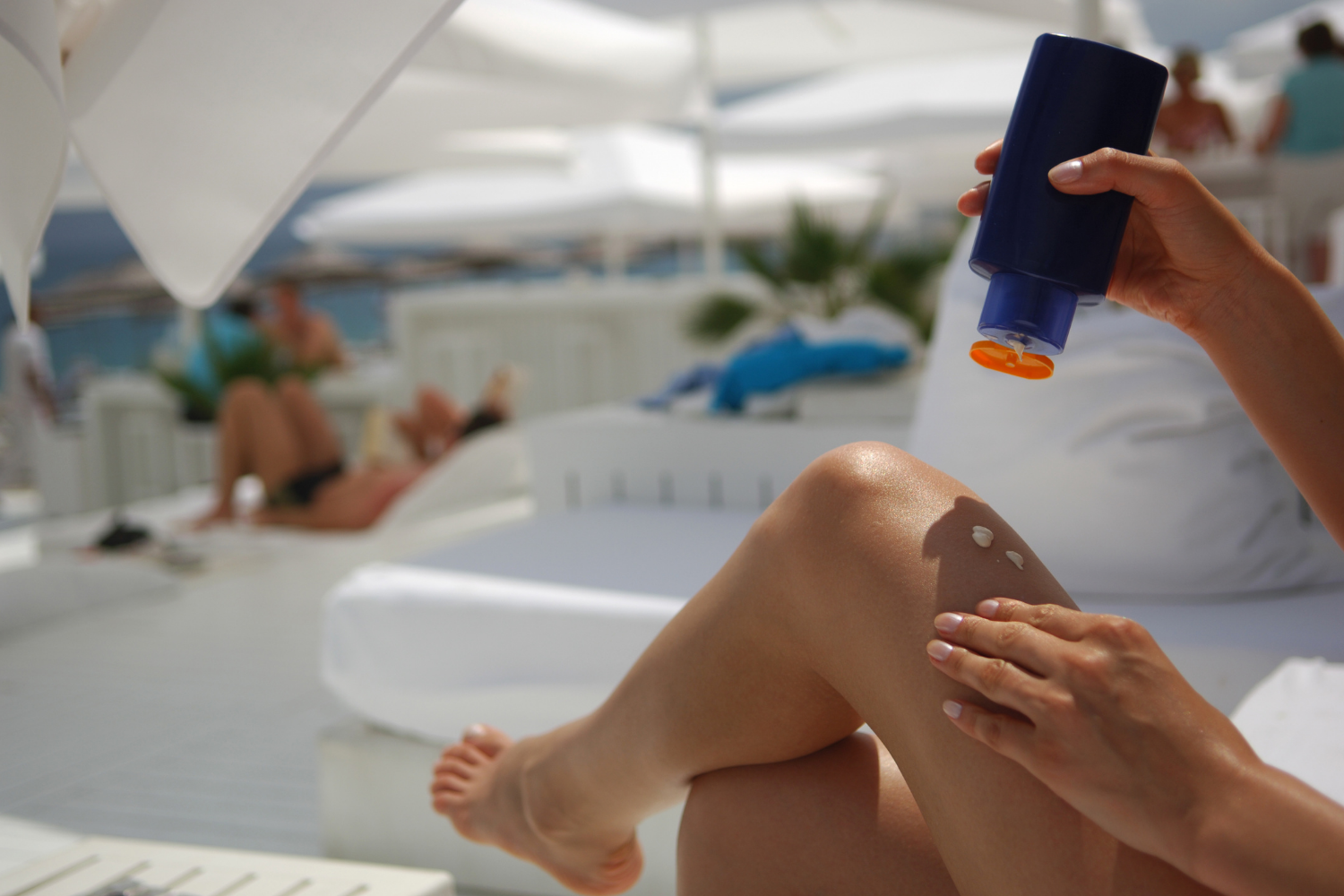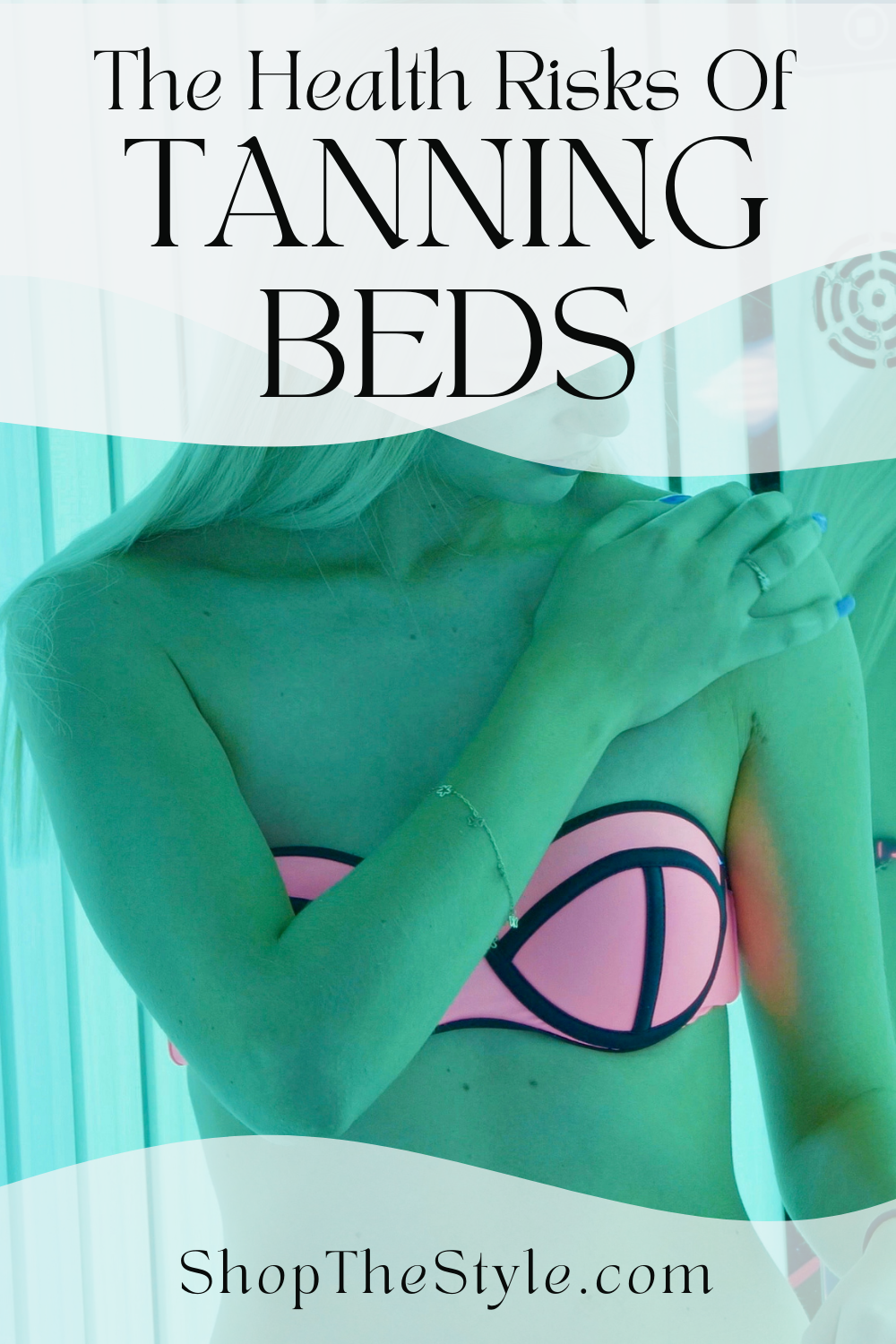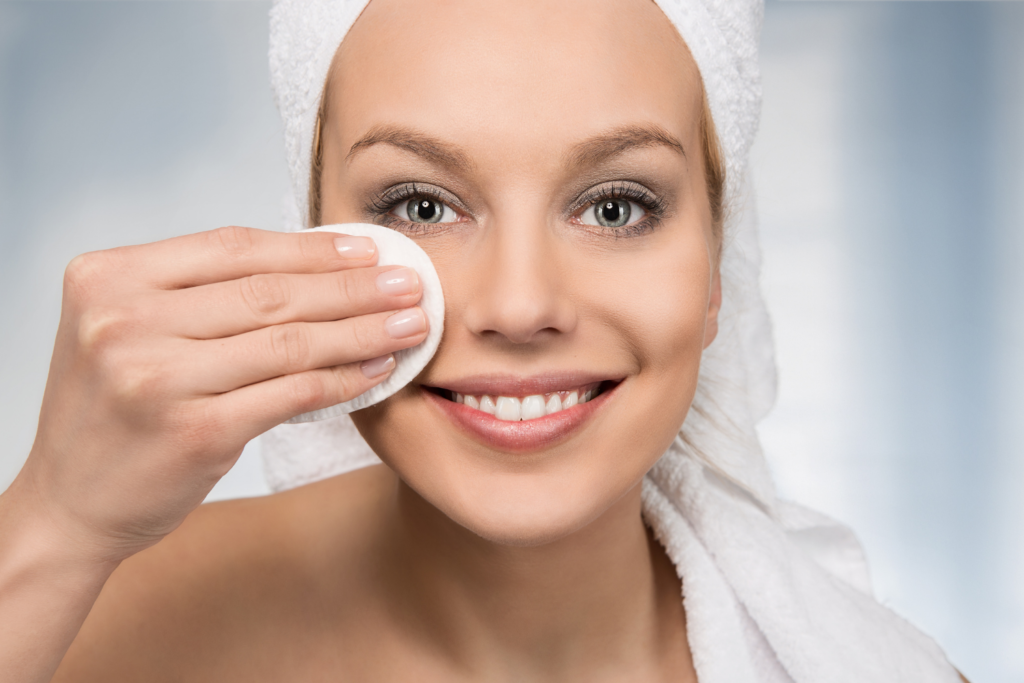Suntans are caused by specialized cells in the skin called melanocytes. They produce the pigment melanin, which makes the skin appear brown. Though a tan is thought to provide some protection from ultra-violet radiation, it is also known to cause skin damage. This damage causes not only age-related signs but can also lead to skin cancer. Ultra-violet radiation comes from either the sun or artificial sources like tanning booths or sunbeds.
Contents
Skin Cancer, the Sun and Tanning Booths
It is not the only sunburn that causes damage but cumulative exposure to ultra-violet radiation. Skin damage can occur even without the erythema or the redness that is associated with sunburn. UV radiation, particularly UVA and UVB, are carcinogens. When the sun rays hit the skin, the UV rays can be absorbed by the skin’s cells.
The rays can cause damage to the cell’s DNA, resulting in mutations that can lead to cancer. Skin cancer is on the increase with the World Health Organization (WHO) estimating that 130,000 malignant melanomas, the most serious and often fatal skin cancer, occurring worldwide. Other skin cancers linked to UV radiation include squamous cell carcinomas and basal cell carcinomas.

Tanning beds and booths are known to produce both UVA and UVB. This artificial UV radiation similar to UV radiation from the sun can cause alterations in the genes of the cell which can result in skin cancers and/or photoaging. The National Cancer Institute estimates that women who use a tanning bed more than once a month have a 55 percent increased risk of developing the most dangerous form of skin cancer, melanoma.
Aging, the Sun and UV Radiation
UVA can penetrate deeper into the skin’s structure into the dermis and damage the skin’s structural proteins such as collagen. The cells can produce enzymes that break down collagen, resulting in wrinkles due to the lack of collagen. Exposure to UV radiation can result in hyperpigmented areas causing age spots or even areas where the skin has lost its color. The skin can become leathery, thick, and wrinkled.
UV radiation can cause skin lesions called actinic keratoses. These lesions are often found in areas that are regularly exposed to the skin such as the face, hands, and neck. They are considered a risk factor in developing squamous cell carcinoma. They are scaly crusty lesions that need to be checked by a doctor.
UV Radiation, Eye Damage, and Immunity
UV radiation not only causes damage to the skin but also to the eyes. This damage can result in cataracts, a benign growth in the corner of the eye, and skin cancers around the eye. Damage to the eye can be caused by the reflection of the sun rays from snow, sand, and sea, for example. This damage or snow blindness, though temporary, can be extremely painful.
The skin is the largest organ in the body and is far from passive. The skin contains a number of cells that are involved in the body’s immune response. Damage caused by the sun to these specialized cells can prevent the skin’s immune cells from signaling to the body of a foreign body. It is also thought that damage to these cells can be involved in the development of skin cancer.
Preventing Sun Damage
Though UVB causes sunburn, it is both UVA and UVB which cause damage. A gentle lightweight sunscreen should be selected which protects against UVA and UVB. Many dermatologists recommend an SPF of at least 30. Sunscreen protection is measured when applied at a thickness of 2mg/cm2. Therefore sunscreen should be applied liberally and should be reapplied regularly. Sunscreens should not be used to extend the length of sun exposure.

Sunscreens do not block out all UV radiation and the best protection is avoiding the sun at its peak between the hours of 11 am and 3 pm. Covering up with clothes, hats, and sunglasses are also useful, though it must be realized that clothes, especially those with a loose weave, will allow UV radiation to still reach the skin. It is possible to buy clothing with an SPF rating.
You may be asking “can you tan when it’s cloudy?” to reduce sun damage. Tanning on a cloudy day may seem like a harmless way to get a tan without worrying about sunburn, but it’s important to remember that UV rays can still penetrate through clouds. While you might not feel like you’re getting as much sun exposure as you would on a sunny day, you’re still putting yourself at risk for skin damage and potential long-term health problems like skin cancer. It is a common misconception that tanning on a cloudy day reduces sun damage; however, this is not true. Even on overcast days, UV radiation can damage your skin. It is important to always wear sunscreen, regardless of the weather, to protect your skin from harmful UV rays.







